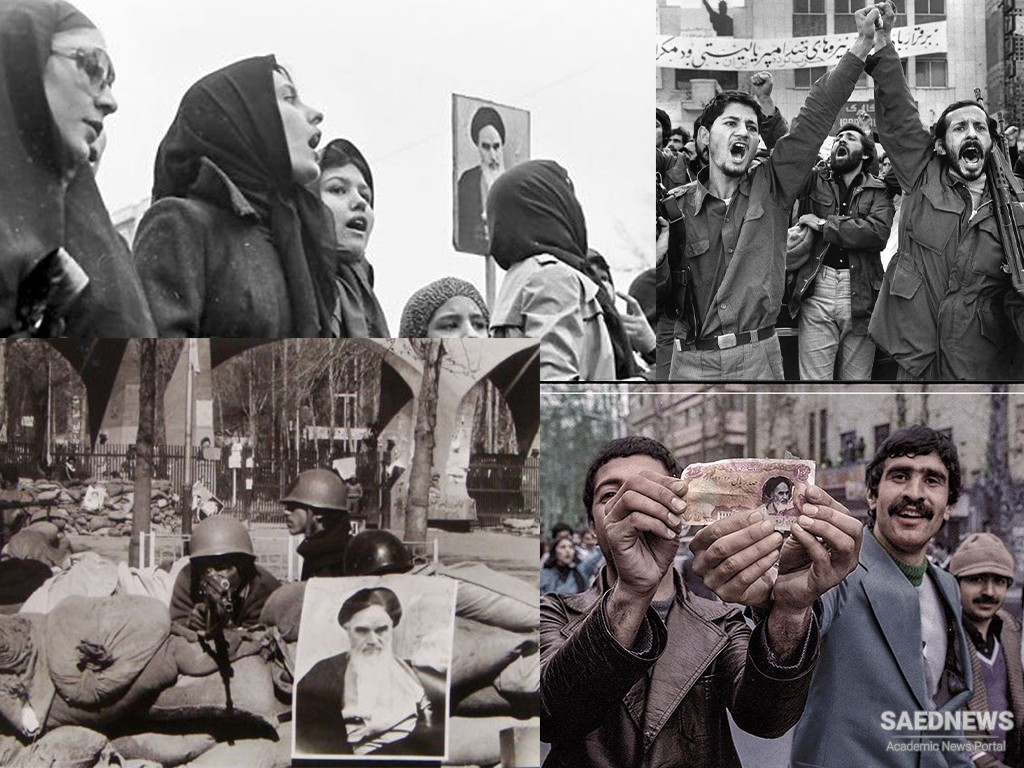Shi‘a Islam became the religion of Iran after it was imposed by Shah Esmail I and his descendants, the Safavid dynasty, from 1501. Prior to that, Iran’s Muslims were predominantly Sunni, with scarcely more Sh’ia Muslims than other parts of the Islamic world. The centres of Shi‘ism were the shrine cities of what is now Iraq – Najaf, Karbala, Samarra. After that date, those shrines remained important centres of Shi‘a religious learning and pilgrimage (as they have to this day), but Iranian Shi‘ism took on a much greater signifi cance. The Safavids enforced adherence to Shi‘ism as a matter of state policy. Learned men of religion – ulema – drew close to the Safavid rulers, in a relationship of mutual support, especially towards the close of the Safavid period of rule in the years around 1700. Religious endowments ( tax- free grants of wealth and land to institutions like mosques, schools and shrines) proliferated and channelled wealth to the ulema. Shi‘ism became deeply entrenched in the cultural, intellectual and political life of Iran.
Did Iran turn Shi‘a simply because the Safavids imposed Shi‘ism? Or was Iranian Shi‘ism also an expression of the Iranians’ distinctive, separate consciousness of themselves within the Islamic world? The complex nature of Iran’s national identity and Iranian nationalism is discussed in a later chapter. But Iranian Shi‘ism had a series of essential, interrelated effects on the development of modern Iran, and the revolution of 1979. Most fundamental was the development of the independent social and political authority of the ulema.
In 1722, the Safavid regime, ruling from its splendid capital in Isfahan, succumbed to a revolt by militant, plundering Afghans. Most of the next seventy years were marred by foreign invasions, civil war, internal revolts, military adventures, punitive taxation, expropriation, general chaos and unpleasantness. The ulema fell from their previous position of privilege and wealth, many of their endowments were confi scated or plundered, and some criticized them for their perceived complicity in the failure of Safavid rule. Many of them emigrated, along with many other refugee Iranians, to southern Iraq or to India or elsewhere (it is possible, for example, that Khomeini’s ancestors emigrated to India at this time). This emigration had a lasting impact in parts of India, in the shrine cities of Iraq and in some of the territories along the southern shore of the Persian Gulf.
In these circumstances, new patterns of thought emerged among the Shi‘a ulema, partly in response to this trauma (though the thinking closely mirrored debates that had rolled back and forth in the early centuries of Islam, and its beginnings had emerged already in the Safavid period). One school – the Akhbari – argued for a theological position that each individual Muslim had in the Koran and in the hadith (the written traditions of the sayings and actions of the Prophet and, in Shi‘ism, the Emams) all he needed for his guidance, and that there was only a limited place, if any, for the interpretation of religious law based on reason (ijtihad). The Akhbari position was close to the traditional line of Sunni Islam on these points. The other school – the Usuli – argued, on the contrary, that ijtihad was necessary to reinterpret religious law afresh in each generation, in the light of new circumstances and new understanding, and that only trained, learned ulema could be trusted to do this. By the end of the eighteenth century, as a greater degree of order was restored by the first Qajar Shahs, the Usulis were winning the argument, and a new arrangement emerged, according to which ordinary Muslims gave their allegiance – and often, a portion of their material earnings – to a class of specially qualifi ed ulema called mojtahed (those qualifi ed to perform ijtihad). In each generation, among the whole body of mojtahed, one or two clerics emerged to serve as a supreme guide to other ulema and to ordinary Muslims in religious matters. Such a cleric was called a marja-e taqlid (source of emulation) or marja.


 Shia Inspiration of Iranian Constitutionalism: Eternal Justice and Its Incarnation
Shia Inspiration of Iranian Constitutionalism: Eternal Justice and Its Incarnation














































